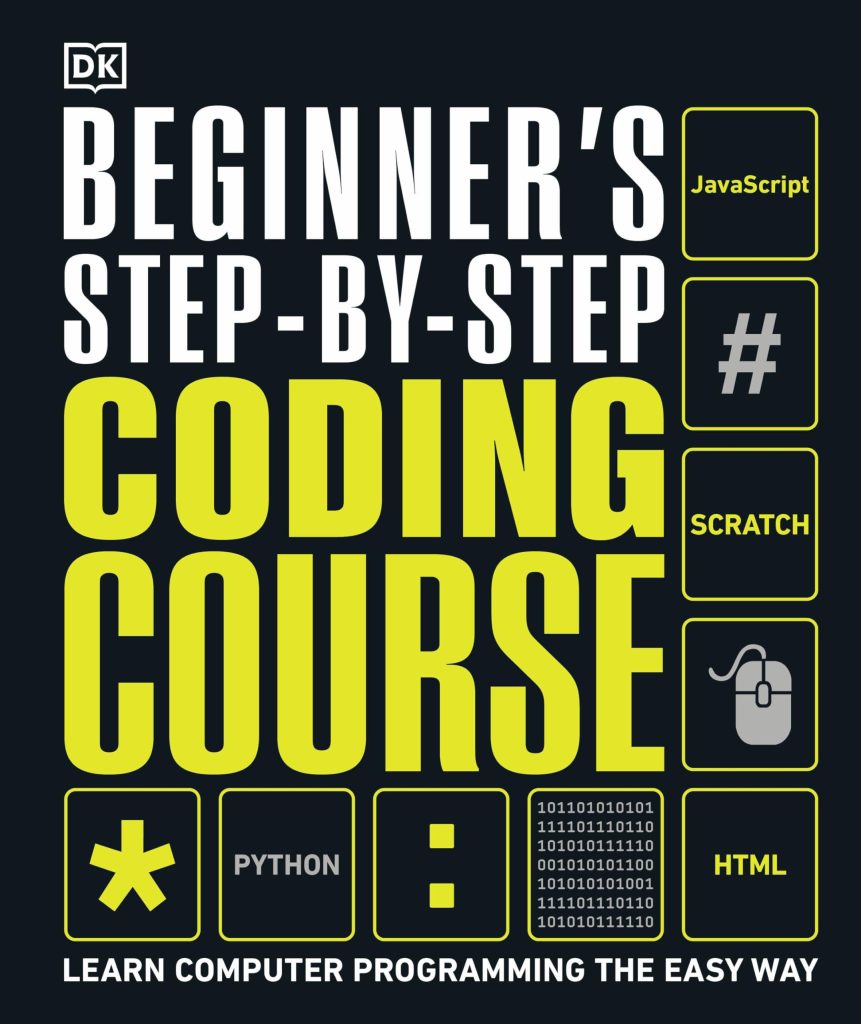
Introduction to Error Handling in Python
Error handling is an essential aspect of writing robust Python code. It involves the detection and management of errors that may occur during the execution of a program. In Python, errors are represented as exceptions, which are special objects that interrupt the normal flow of the program when an error occurs.
When an exception is raised, it propagates up the call stack until it is either caught and handled by an exception handler, or it reaches the top-level of the program and causes it to terminate. This process is known as “exception propagation”.
In Python, exceptions can be handled using try and except blocks. The try block contains the code that may raise an exception, while the except block contains the code that handles the exception. Here’s a simple example:
try:
result = 10 / 0
except ZeroDivisionError:
print("You can't divide by zero!")
In this example, attempting to divide 10 by 0 raises a ZeroDivisionError. The exception is caught by the except block, which prints a message to the user.
If an exception is not handled, it can cause the program to crash. Therefore, it’s important to anticipate potential errors and implement proper error handling to ensure the program can recover gracefully.
Error handling in Python is not only about catching exceptions but also about raising them when necessary. Using the raise statement, you can trigger an exception if a certain condition is met. That’s useful for enforcing constraints and ensuring that your code behaves as expected.
def divide(a, b):
if b == 0:
raise ValueError("You can't divide by zero!")
return a / b
In this function, if the second argument b is zero, a ValueError is raised with an appropriate message. This prevents the function from attempting an illegal operation and allows the caller to handle the exception appropriately.
Overall, understanding error handling and exceptions in Python is important for writing reliable and maintainable code. It helps you to deal with unexpected situations and ensure that your program doesn’t fail unexpectedly.
Types of Exceptions in Python
In Python, there are numerous types of exceptions that can occur during the execution of a program. These exceptions are organized into a hierarchy, with all exceptions inheriting from the base class Exception. At the top of the hierarchy is the BaseException class, from which all other exception classes are derived. Below are some of the most common types of exceptions in Python:
- SyntaxError: Raised when there is an error in Python syntax.
- IndentationError: A subclass of SyntaxError, raised when there is incorrect indentation.
- TypeError: Occurs when an operation or function is applied to an object of inappropriate type.
- IndexError: Raised when trying to access an index that is not present in a sequence (e.g., list, tuple).
- KeyError: Occurs when a dictionary key is not found.
- ValueError: Raised when a function receives an argument with the right type but an inappropriate value.
- NameError: Occurs when a local or global name is not found.
- ZeroDivisionError: Raised when the second argument of a division or modulo operation is zero.
- IOError: Occurs when an input/output operation fails, such as when trying to open a file that does not exist.
- ImportError: Raised when an import statement fails to find the module definition or when a module is unable to load.
Here are some examples that illustrate these common exceptions:
# SyntaxError example
print('Hello World
# IndentationError example
def foo():
print("Hello, world!")
# TypeError example
'2' + 2
# IndexError example
my_list = [1, 2, 3]
my_list[3]
# KeyError example
my_dict = {'name': 'Alice'}
my_dict['age']
# ValueError example
int('a')
# NameError example
print(unknown_var)
# ZeroDivisionError example
1 / 0
# IOError example
with open('nonexistentfile.txt') as f:
read_data = f.read()
# ImportError example
import nonexistingmodule
Understanding these exceptions is important because it allows you to write error handling code that can specifically address the different kinds of issues your program may encounter. Each type of exception can be caught and handled separately, providing more granular control over the program’s error management.
Note: Python also allows for the creation of custom exceptions by subclassing from the Exception class. This can be useful for defining domain-specific errors in your programs.
Exception Handling Techniques
Exception handling in Python is done using the try, except, else, and finally blocks. Each block serves a different purpose and allows for a structured way to manage errors that may occur during program execution.
The try block is used to wrap the code that might raise an exception. It is followed by one or more except blocks that catch and handle the exceptions if they are raised. You can specify which exception you want to catch, allowing for specific responses to different error types. Here’s an example:
try:
file = open('example.txt', 'r')
content = file.read()
except FileNotFoundError:
print("Sorry, the file does not exist.")
In this example, if the file ‘example.txt’ does not exist, a FileNotFoundError will be raised, and the except block will handle it by printing an error message.
You can also catch multiple exceptions in a single except block, separating them with a tuple:
try:
# Some code that may raise an IOError or a ValueError
except (IOError, ValueError) as e:
print(f"An error occurred: {e}")
The else block can be used after the except blocks and will only execute if no exceptions were raised in the try block. It is useful for code that should run only if the try block was successful. For example:
try:
number = int(input("Enter a number: "))
except ValueError:
print("That's not a valid number!")
else:
print(f"You entered {number}")
The finally block is optional and, if present, will execute regardless of whether an exception was raised or not. It’s typically used for cleanup actions, such as closing files or releasing resources. Here’s an example:
try:
file = open('example.txt', 'r')
content = file.read()
finally:
file.close()
print("File closed.")
This ensures that the file is closed whether or not an exception occurred during file reading.
It’s also possible to chain except blocks to handle different exceptions with different blocks of code. Here’s an example:
try:
# Some risky code
except TypeError:
print("Type error occurred")
except ValueError:
print("Value error occurred")
except Exception as e:
print(f"Unexpected error: {e}")
In this case, if a TypeError or ValueError occurs, it will be handled by its respective except block. If any other type of exception occurs, it will be caught by the generic Exception block.
Using these techniques, you can write robust Python code that handles exceptions gracefully and maintains the flow of your program even when unexpected errors occur.






